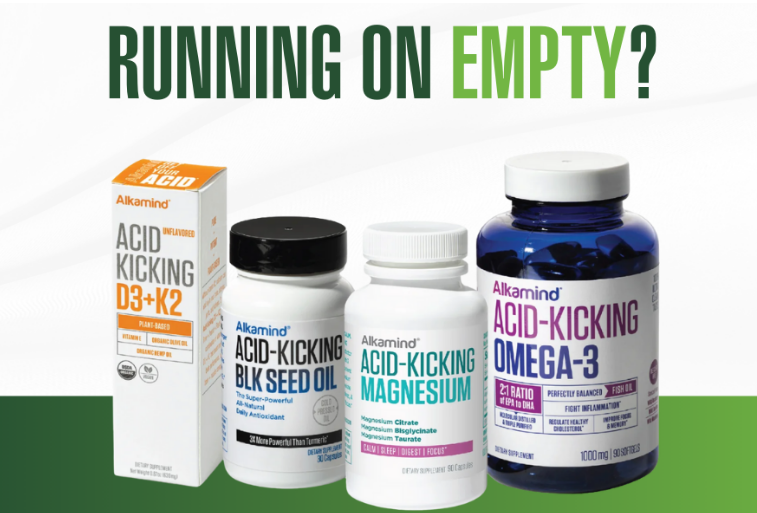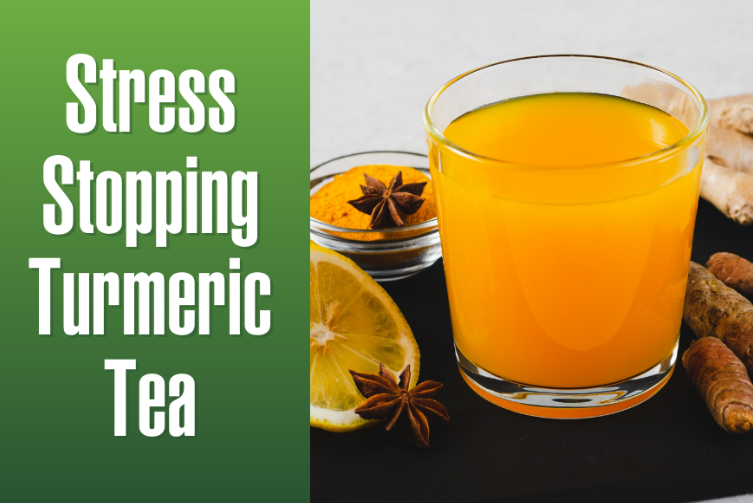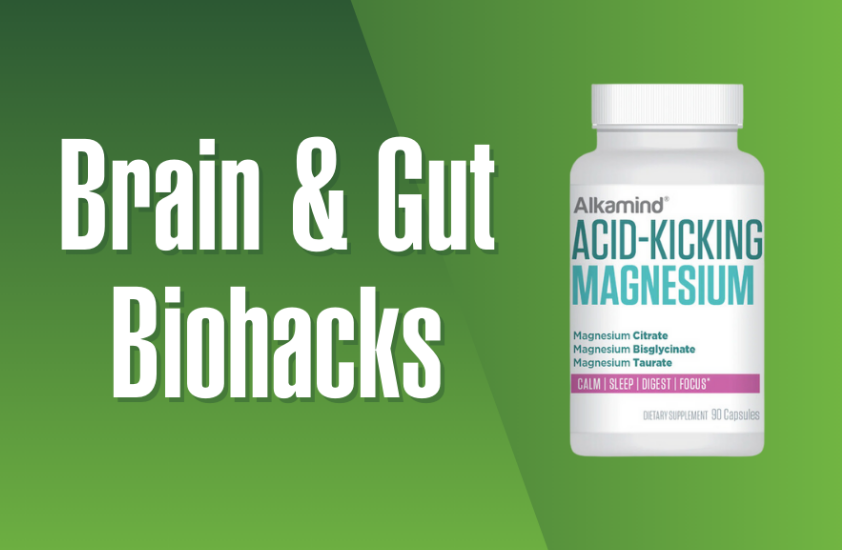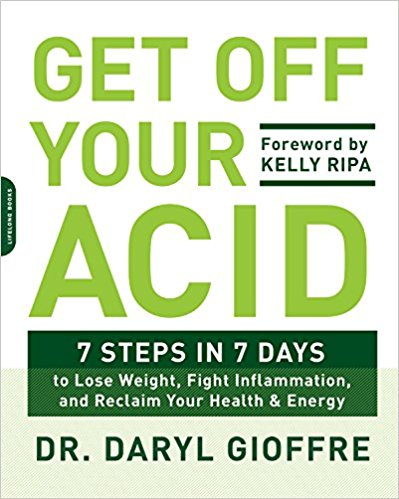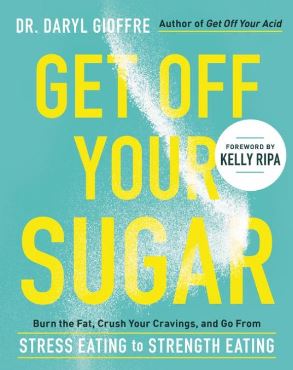
You might see that headline and think, “Of course wheat and wheatgrass are two different things!” but I’m here to tell you there is a lot of confusion out there about this. And for good reason.
Let’s say you have celiac diseaseor you are otherwise very sensitive to gluten. You hear the word, “wheatgrass” and your alarm bells start going off.
You might even avoid anything with wheatgrass altogether, just to be sure you’re on the safe side.
I wouldn’t blame you if you had that reaction because gluten is worth avoiding at all costs, so the notion that there might be some gluten or wheat in wheatgrass is enough to scare people off.
So today, as part of my month-long series clearing up misconceptions and confusion, we’re going to talk about wheatgrass and why it’s very, very different than wheat.
What is Wheatgrass?
Wheatgrass is the sprout, or very young grass shoots, of the common wheat plant. These are the first little leaves that pop up out of the ground, and therefore, have yet to produce any wheat.
It is, indisputably, gluten free.In fact, the Beyond Celiac Foundation agrees that it is very safe for people with celiac disease and non-celiac gluten sensitivity. However, they caution that you buy wheatgrass from a reputable source that protects against cross-contamination (as you should ALWAYS do as not all supplement powders are created equal).

Like all sprouts, wheatgrass is highly nutritious, containing powerful doses of vitamins and minerals, including more beta-carotene than carrots and more vitamin C than oranges!
Wheatgrass contains ALL 102 minerals found in our soil, and is the most powerful form of chlorophll (I like it more than chlorella as the latter is a sea plant, and the former a land plant – more adapted for human digestion).
You can actually grow your own wheatgrass in your kitchen or an outdoor container garden. Follow my complete guide to sprouting here.
Benefit of Wheatgrass
Health experts the world over tout wheatgrass as one of the most important superfoods. What’s so super about it?
Wheatgrass is the most concentrated food source of chlorophyll, the plant energy that comes from photosynthesis.That’s what gives wheatgrass its distinct, bright, green color. More than any other food – even dark, leafy greens like spinach – wheatgrass contains 70% chlorophyll.
Chlorophyll does a few very important things for you:
- Increases blood oxygen levels and red blood cell count, which cleanses and detoxifies your blood
- Works like an oxygen booster throughout the body, which helps to fight damage on the cellular level – remember, the #1 way to fight acidis to oxygenate!
- Detoxifies and cleans the liver
- Fights free radicals, slowing the aging process and keeping cells healthy and cancer-free
- Detoxifies the entire body, removing heavy metals and carcinogens found in the blood stream
- Induces cancer cell apoptosis (cell death!)
- Improving digestion and fights complaints like IBS, acid reflux, colitis, and ulcers
- Preventing and fights anemia because wheatgrass is iron-rich
- Lowering blood pressure, triglycerides, and cholesterol
- Stimulating thyroid hormone production
- Boosting immunity
- Fighting inflammation
- Keeping skin clear of acne, eczema, and psoriasis
- Boosting the metabolism, aiding weight loss
- Helping regulate blood sugar
- Preventing bacterial overgrowth
- Balancing hormones
- And of course, alkalizing the body

Between its powerful antioxidants, its liver-cleansing properties, and its ability to fight inflammation, consuming wheatgrass every day is a great way to reduce your risk of cancer, heart disease, and liver disease.
It’s also been shown to lessen the side effects of cancer treatments like radiation and chemotherapy.
Wheat: The OPPOSITE of Wheatgrass!
Let’s be clear – the picture I just painted about wheatgrass could not be more different than wheat! In fact, the differences are phenomenal! Here’s a refresher on why you should avoid wheat at all costs…
The portion of the wheat that causes problems is gluten, a protein found in grains such as wheat, rye, and barley. So many people experience symptoms of an intolerance to gluten like:
- Bloating
- Poor digestion
- Headaches
- Lethargy/ lack of energy
- Depression
- Weight gain
The problem is that most people don’t think those symptoms are caused by the food they’ve been eating their entire lives. They just think, “There must be something wrong with me,” or “This is just the way it is for me.”
Let me be clear: those are not symptoms you have to live with or get used to.

Gluten makes up a HUGE portion of the total acid load in your body, if you are consuming any. That number is 33% of the average acid load, so whether you eat gluten products or abstain, it’s enough to weigh the scale in either direction of you being alkaline or acidic!
What happens from there is called Leaky Gut Syndrome. Gluten is so acidic that it creates openings, like craters, in your gut. Because of these perforations in the intestinal wall, the body’s army can’t stop acid from getting into the bloodstream.
If you regularly experience diarrhea, gas, or bloating, you probably already have a leaky gut. Because gluten sticks like glue to your intestines, you’re likely to feel bloated for days at a time after consuming it. So I recommend you try removing it completely from your diet and see how you feel after about a week.
There’s Nothing Free About Gluten-Fee!
Gluten-free eating is one of the hottest trends in food, and rightfully so. Here’s the bad news.
Unfortunately, many gluten-free, processed foods are loaded with sugars and artificial sweeteners, simply replacing one dangerous acid for another. These food manufacturers need to sell product, and to do so they need to make it taste good.
There’s nothing free about gluten-free. For something to be considered gluten-free, it needs to be free of only one gluten-containing protein—gliadin—but there are many others. For example, gluten-free oatmeal may not contain gliadin, but it does contain avenin, a glutinous protein in oats that’s similar to the gluten in wheat.
Do you see where this is going? The only way to eat gluten-free is to eliminate glutinous foods from your diet and eat whole foods instead, not replace them with artificial foods that try to re-create the gluten versions.
For example, it’s better to skip bread altogether than to eat a gluten-free version that’s full of sugars or sweeteners. If bread is one of those foods that you refuse to give up, then replace it with a sprouted version, such as Ezekiel bread. While this still has small amounts of gluten, it is a much better option than white or whole wheat.
As you transition off wheat and perhaps other grains, if you want to replace rice, try quinoa or cauliflower “rice.” Replacing pasta? Try spaghetti squash or zucchini noodles, sometimes called zoodles.
Also, you want to be sure to add in healthy alkaline fats such as avocados, coconut oil, chia, and flax seeds, raw nut butters, and plenty of dark-green leafy vegetables.
What’s the Best Way to Get Wheatgrass into Your Diet?
If you’ve every tried wheatgrass shots, you know the sad truth – it’s not the most delicious food. If only it were, it would make my mission of getting the world off its acid a lot easier.
While cold-pressed wheatgrass shots are fantastic, for most people, it’s more practical and tasty to use a green drink powder instead. But here’s the thing you need to know about wheatgrass powders…
*For a wheatgrass powder to deliver it’s full acid fighting benefits, it has to have a mix of greens, and not JUST be wheatgrass.
Wheatgrass should be the first ingredient, followed by another green leaf or herb because a lot of companies use cheap, filler ingredients. Ideally, it will contain sprouted seeds and veggies like broccoli sprouts, alfalfa sprouts, flaxseed sprouts, and sesame seed sprouts.
Did you know that Alkamind Daily Greens is more than half organic wheatgrass?
But even better than that, the wheatgrass is broken down into a powder in a way that it’s entirely predigested for you – with little to no degradation whatsoever. Other brands cannot say that.
So unlike other green powders, you’re going to absorb more of the wheatgrass and other beneficial ingredients.
We’ve combined high quality whole leaf wheatgrass with 21 other organic super foods, including Moringa, one of the world’s most potent anti-inflammatories (better than Advil with no side effects).So by taking your Alkamind Daily Greens first thing every morning, you’re getting a dose of the most powerful, alkaline food on the planet! Skip to content
Skip to content






